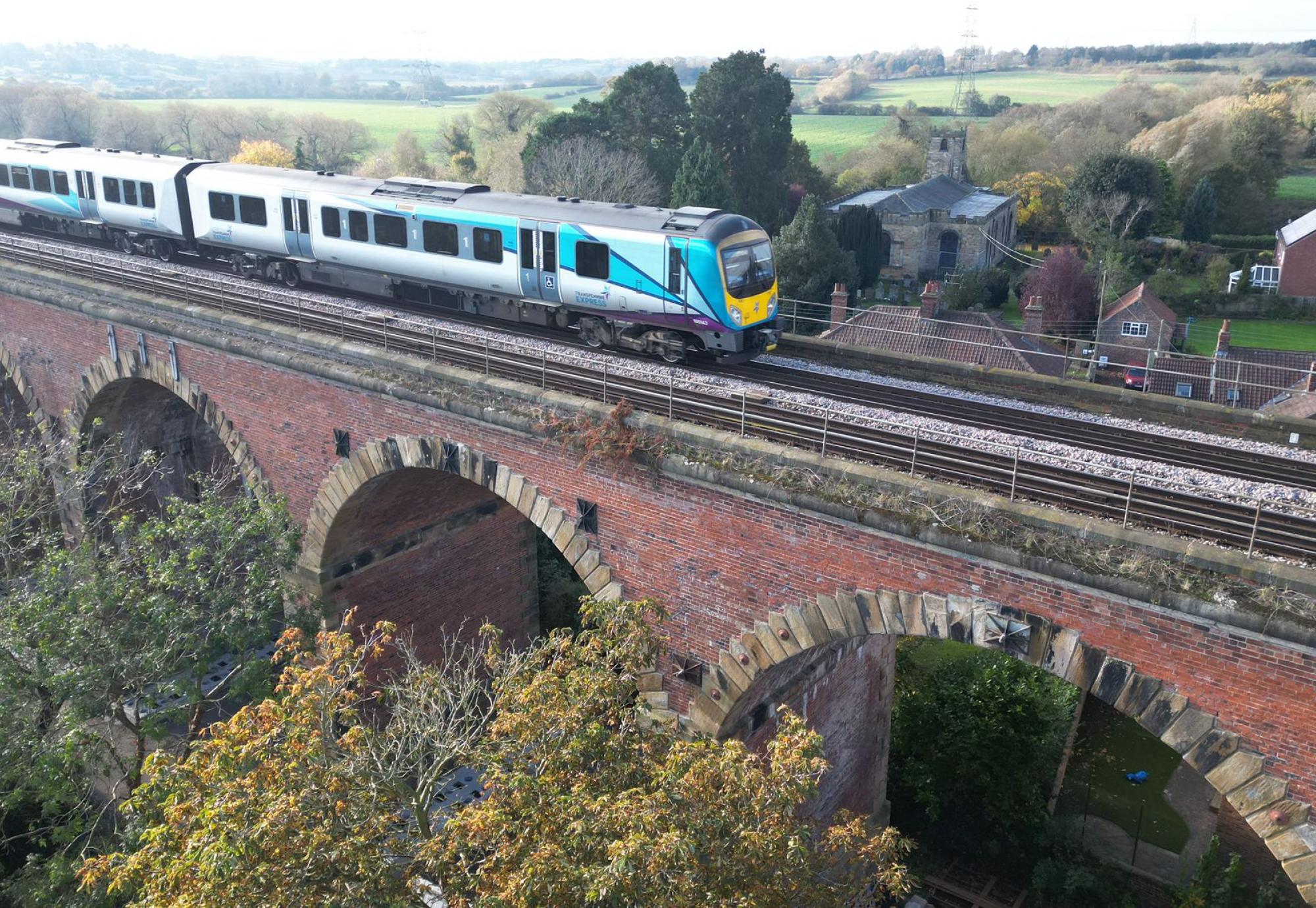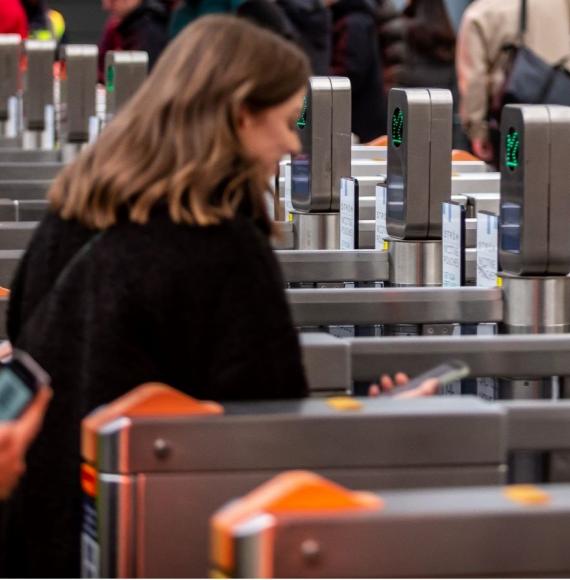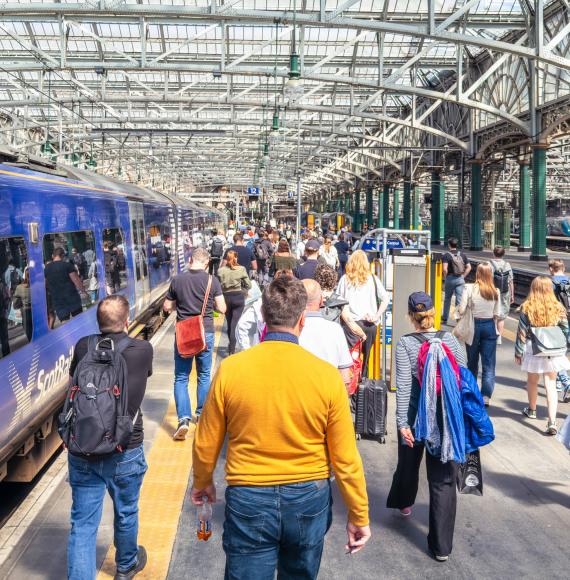Network Rail is close to completing significant work to protect and strengthen the historic Yarm Viaduct, ensuring its reliability for both passengers and freight. This Grade II listed structure is being reinforced by drilling over 600 piles deep into the ground to secure its supports, known as piers.
The £8.2 million investment in the 43-arch Victorian viaduct, which spans the Northallerton to Eaglescliffe line, aims to make future journeys more dependable. Network Rail has released drone footage showcasing the scale of the viaduct and the ongoing strengthening efforts.
Constructed between 1848 and 1852, many of the viaduct's piers were originally built into the bedrock. However, 14 piers were not, and some of their timber foundations have deteriorated over time. This has caused slight movements along the 690-meter-long structure, similar to subsidence in buildings, which can eventually lead to structural issues like cracks.
To prevent such problems and avoid potential train delays, Network Rail and contractor AMCO Giffen have implemented a modern engineering solution to reinforce this 19th-century icon. They cut holes through the bottom of each pier, inserted steel beams horizontally, and encased the exposed steel in concrete blocks. Through these blocks, they drilled a series of 13-meter-deep piles.
In total, 656 piles, acting like massive nails, were fixed into the bedrock. These piles are attached to the concrete blocks above, with the new steel beams encased inside, effectively merging modern and old construction techniques.
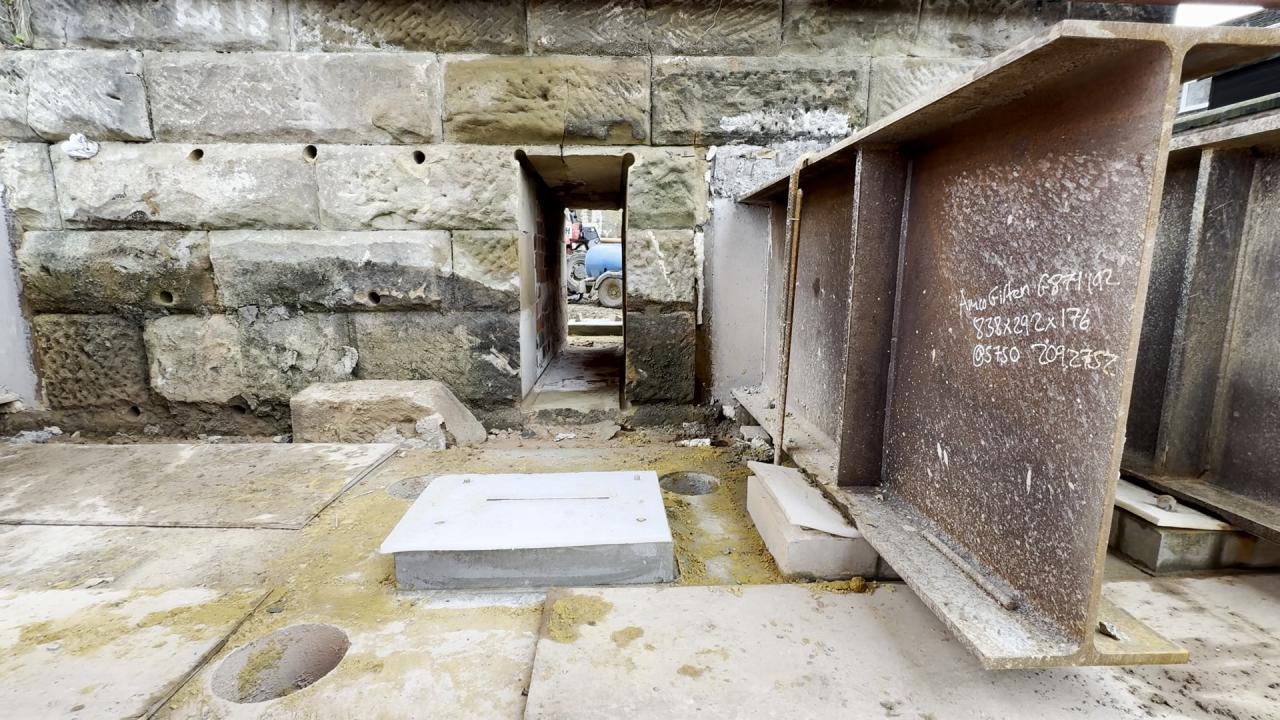
The 172-year-old viaduct carries trains over nearly the entire length of Yarm, but its scale is not fully visible from street level due to its position between narrow terraces. To minimize disruption to nearby residents during the 14-month project, the team used a hydraulic-driven piling method known as 'Jack piling,' which produces minimal vibrations compared to traditional hammer piling. This method not only reduces noise but is also gentler on the Victorian structure.
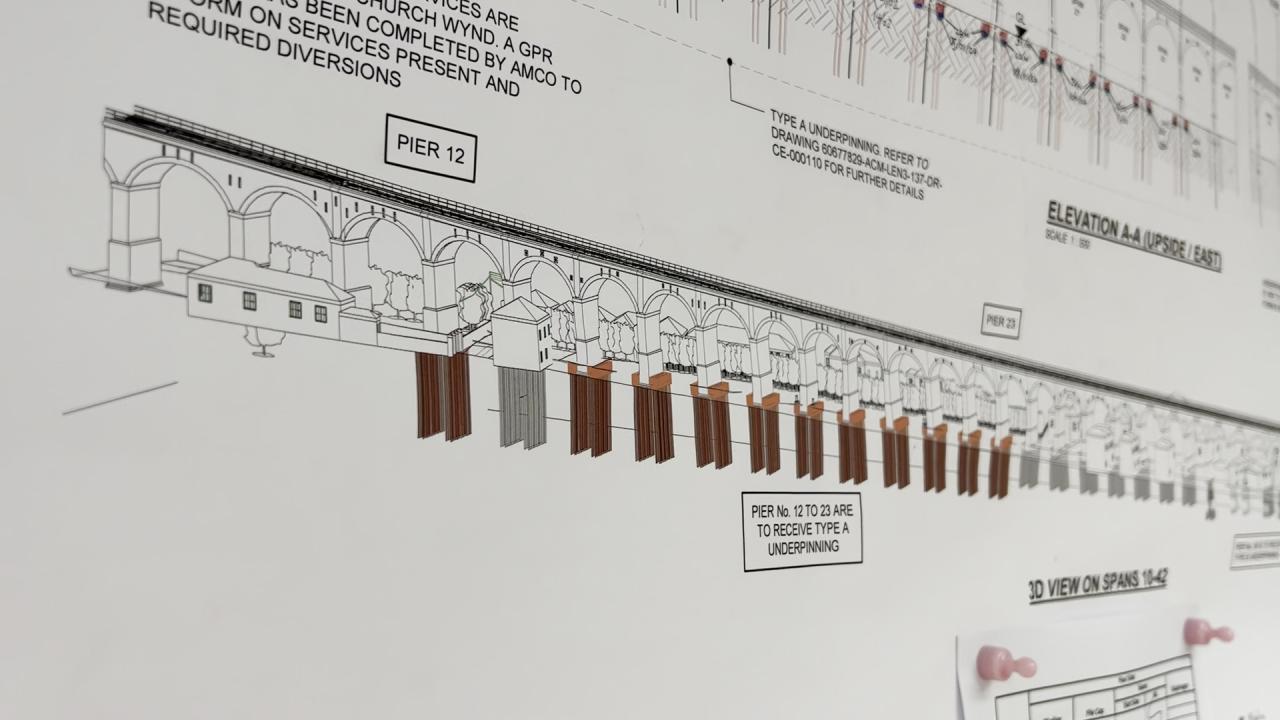
Jon Calvert, Network Rail portfolio delivery director, said: “The Victorians did a great job in building this huge structure high over Yarm, but they did not know the same about the geology deep underground as we do today, leading to some of the foundations not being as strong as the others.
“Without this multi-million-pound investment, eventually it could have affected the stability of the historic viaduct and resulted in lengthy delays to passenger and freight trains. Doing this preventative work – all while keeping trains running normally above – secures not only the future of the viaduct for our passengers – but also its future as a much-loved icon for people in the town.”
Rob Cox, TransPennine Express, operations director, said: “The Yarm Viaduct is a crucial part of our network and I’d like to thank our colleagues at Network Rail and fellow train operators for their support and hard work throughout this project.
“The work to this historic structure will mean we can keep passengers on the move in the future.”
Image and video credits: Network Rail

